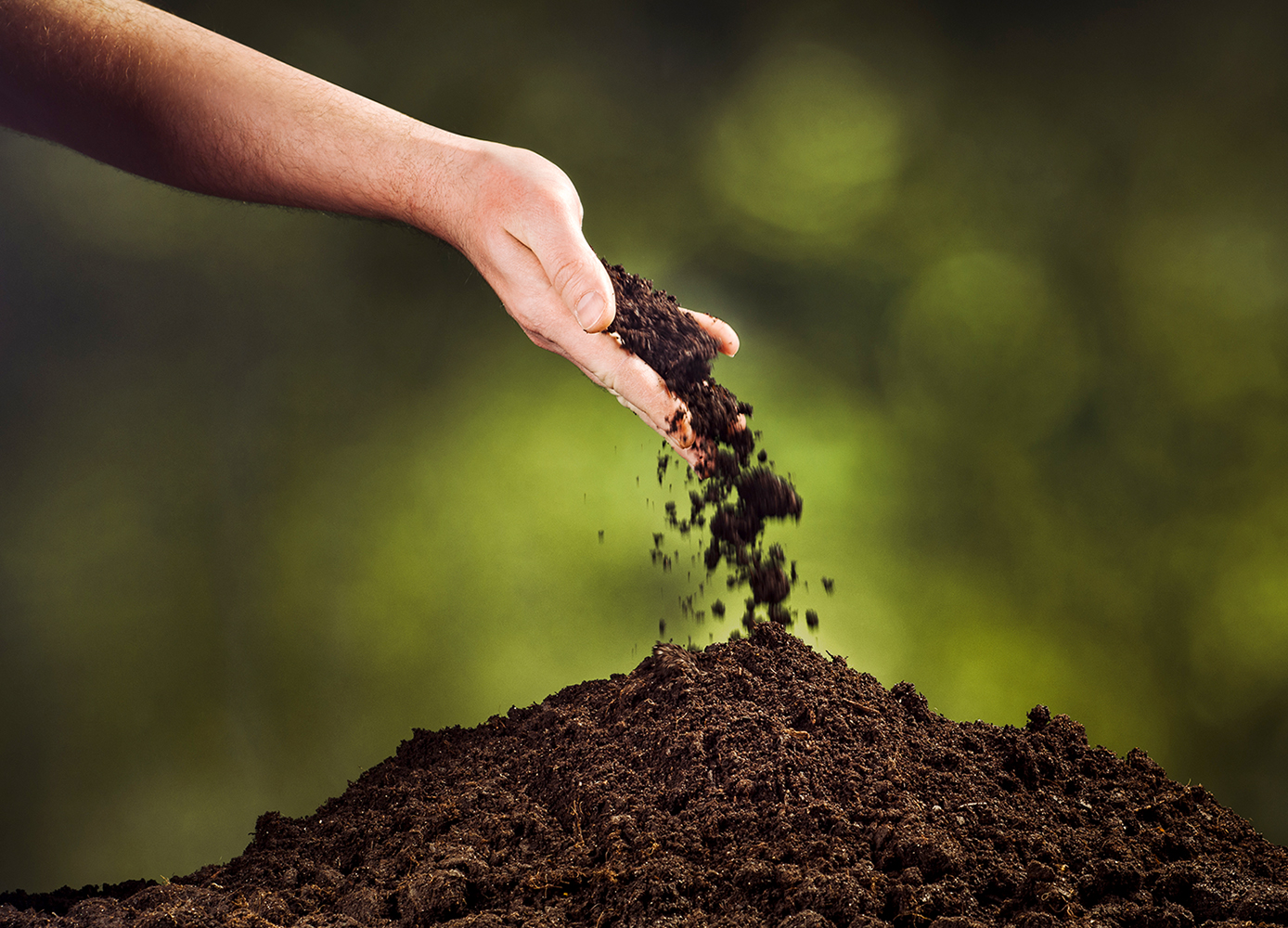Fairly new to Canada, “green” burials are not only environmentally friendly, but less expensive than traditional options
By Katrina Caruso
As the costs of traditional burials rise, green burials are likely to become increasingly popular.
A funeral and burial or cremation costs, on average, around $8,500, but that number can be much higher. It all depends on the type of casket (and the casket liner) or urn, the vault or cemetery plot, grave markers, embalming costs, etc. The amount also depends on whether there will be a viewing and the number of other funeral-home services involved, and the costs can add up quickly and range widely: in Quebec, for example, a simple cremation can cost as little as $600, but in New Brunswick, it can cost $3,000.
By contrast, a green burial costs around $5,000 or less. In a green burial, the unembalmed body is buried in an organic shroud or a biodegradable container such as a natural casket, typically made of wicker or unfinished oak or pine, or the body is cremated and the remains placed in a biodegradable urn (the materials used for natural urns include paper, gourds, and pink Himalayan salt). The grave is usually marked by a simple rock, and the grounds where green burials take place are not chemically treated.
The idea began in the United Kingdom in the 1990s and came to North America about a decade later. The Green Burial Society of Canada was established in 2013 with the goal of providing certification for providers of funeral services who follow environmentally friendly practices; the current list of certified locations is small, but green burials are still relatively a new idea. The first fully green cemetery in Canada opened in October 2015 on Denman Island, BC.
Cremation is currently the most popular choice among Canadians, with 65% preferring it, but if their goal is to be environmentally friendly, they might be surprised to learn that cremation isn’t all that green a practice, even if the urn is biodegradable. It takes temperatures of between 870° and 980°C (1,600° to 1,800°F) sustained for over an hour to incinerate a body, and that means burning a lot of fuel, and emissions from the cremation process include carbon dioxide, carbon monoxide, hydrogen chloride gas, mercury vapour, nitrogen oxide, and sulphur dioxide.
Photo: iStock/Chet_W.




